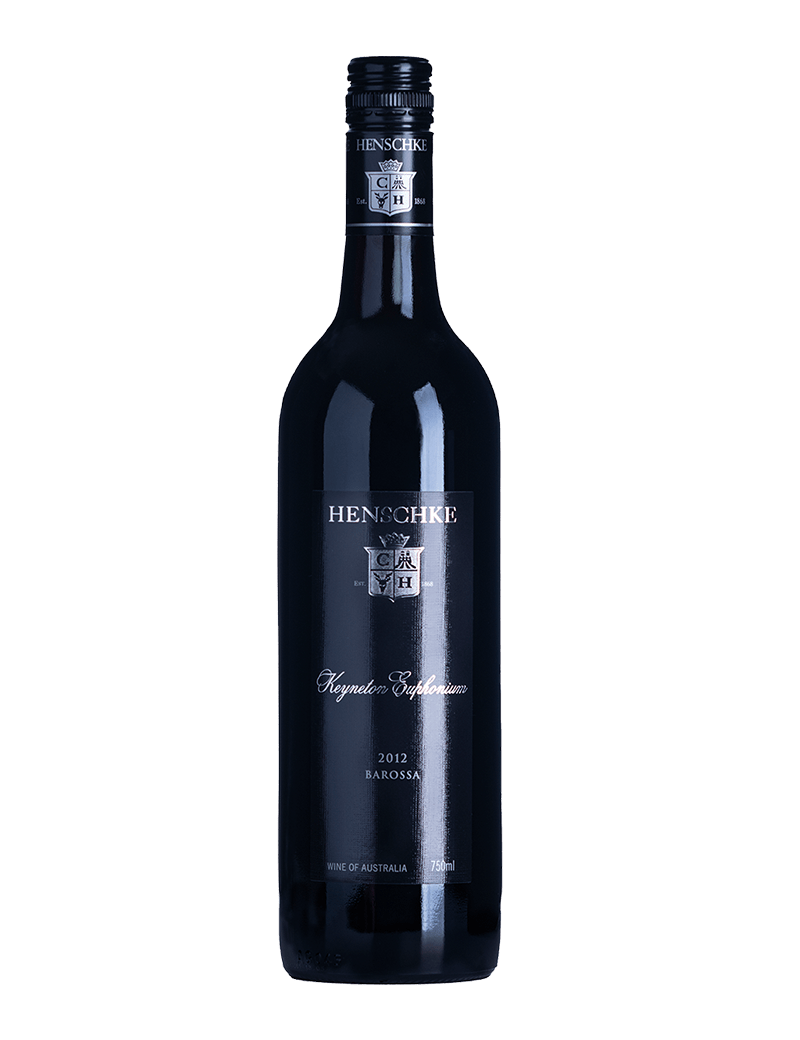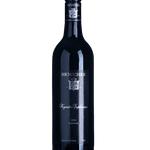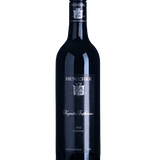FAQ
How do I order this for my business?
PWM is a trade distributor. Submit an inquiry, and our sales team will assist you.
No, PWM does not have an MOQ. You can order as little or as much as you need.
Do you require a minimum order quantity (MOQ)?
Do you provide staff training or pairing recommendations?
Yes, PWM offers staff training, food pairing guides, and expert consultations for businesses.
What are the delivery options?
We offer nationwide delivery with lead times depending on your location.
Shipping
Fast Shipping & Nationwide Coverage
PWM provides efficient, nationwide delivery, ensuring businesses receive their orders on time. Our logistics network is designed for seamless fulfillment, with delivery times varying based on location and order size.
Temperature-Controlled Delivery
We use end-to-end temperature-controlled logistics to maintain the integrity of wines, sakes, and spirits. Products are handled under optimal conditions from our warehouse to your business.
Industry-Leading Service & Support
With decades of expertise, PWM offers trusted solutions, expert recommendations, and reliable fulfillment to support hotels, restaurants, bars, and retailers in building standout beverage programs.
About us
Image heading
Use this to answer some common questions you hear from your customers. You could discuss product details, size fit, shipping policies, or anything you think would help merchants make an informed decision about your products. This section will appear across all products.
Image heading
Use this to answer some common questions you hear from your customers. You could discuss product details, size fit, shipping policies, or anything you think would help merchants make an informed decision about your products. This section will appear across all products.
Image heading
Use this to answer some common questions you hear from your customers. You could discuss product details, size fit, shipping policies, or anything you think would help merchants make an informed decision about your products. This section will appear across all products.






